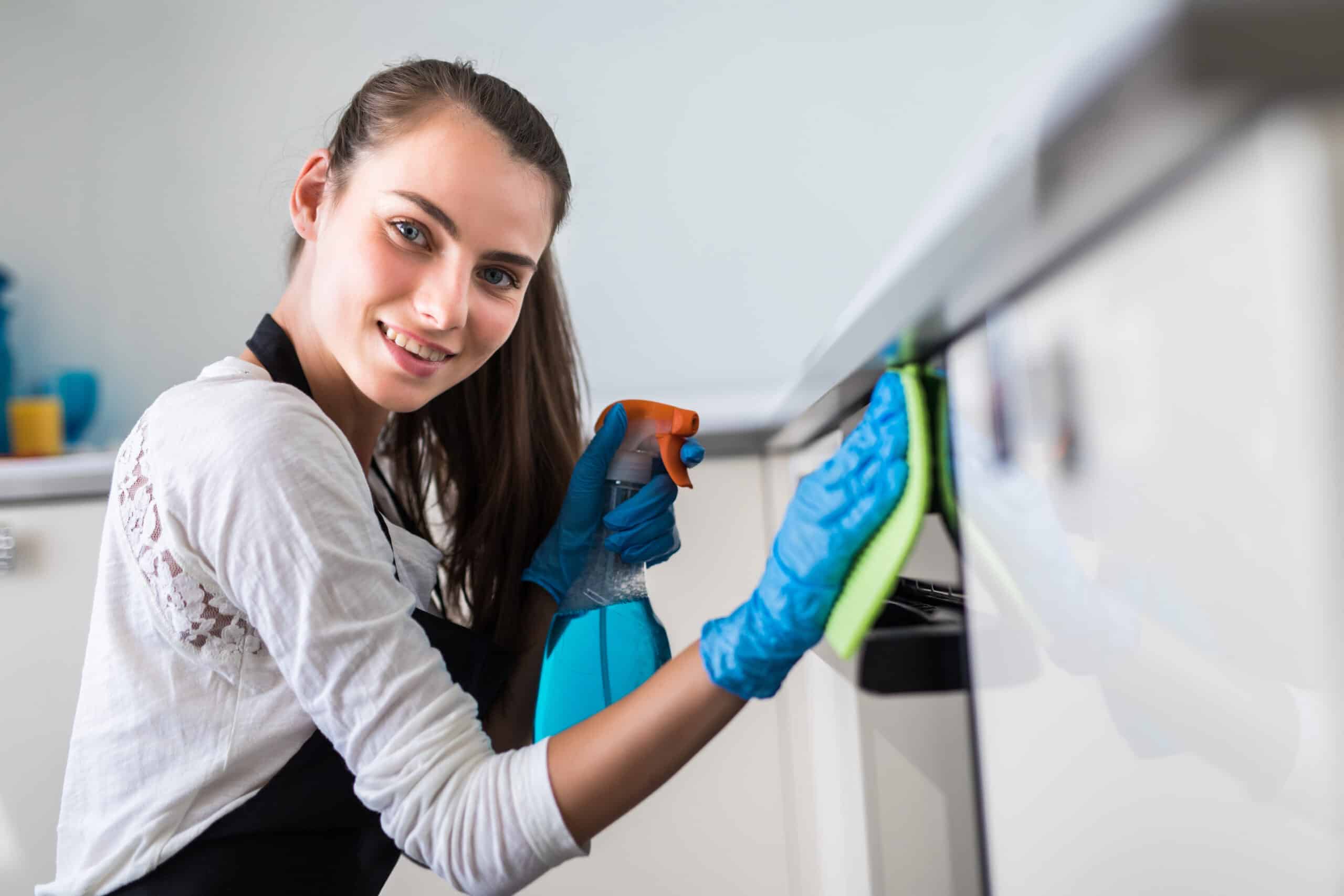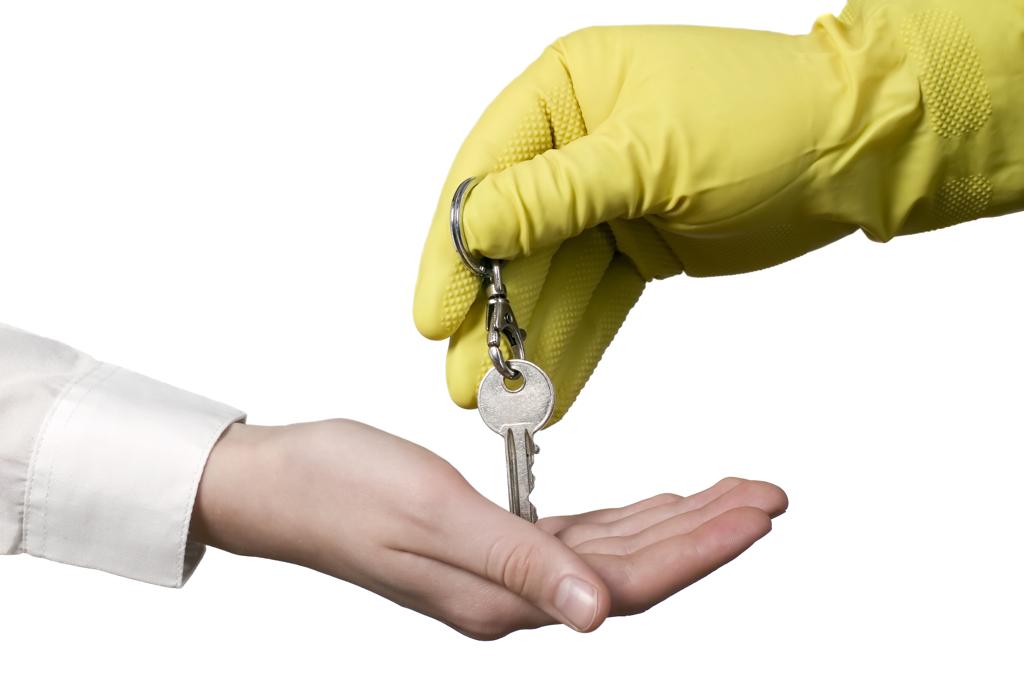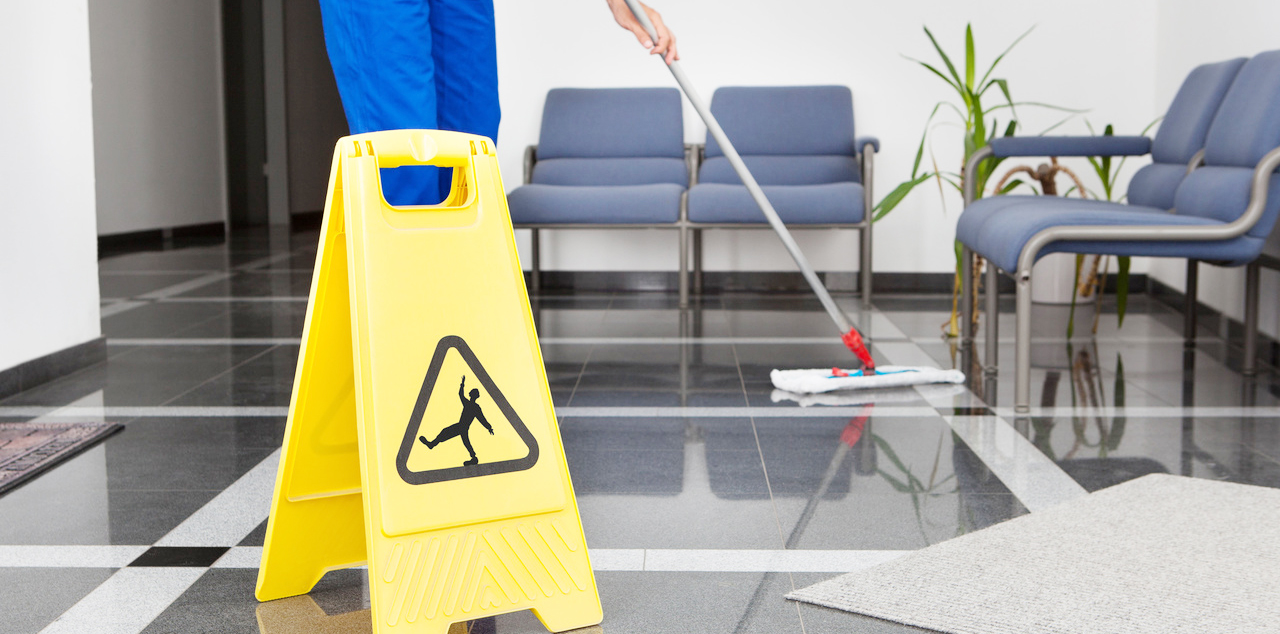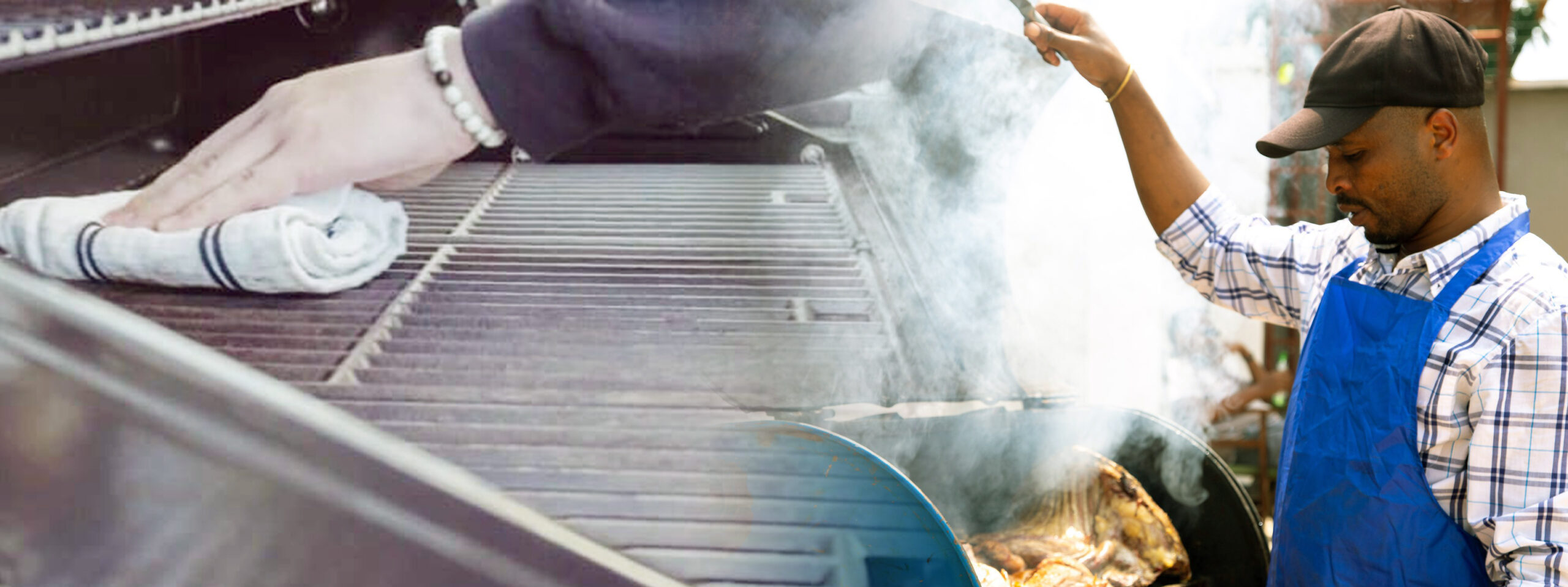How Oven Cleaning Tips Work?
It’s similar to going to the dentist to clean your oven. Most of us look forward to cleaning (and some of us outright dread it), but oftentimes, it’s the thought of it that’s the worst part.
It doesn’t need to be an overwhelming task mentally or physically to clean an oven – with the right knowledge and basic tools. To help you out, the in-house cleaning expert at Like Cleaning Service Group, I have three foolproof options for cleaning your oven today, including why it’s important, how often you should do it, and how you can do it right now.
Table of Contents
What is the best way to clean my oven?
Our expert says there are three telltale signs that your oven needs to be scrubbing. Start with the appearance of your oven. Does the bottom of your oven look crusty or soiled? Grease or grime have been splattered on the door? Number two: an unpleasant odor. Does your oven emit an unpleasant odor when it is on? When you smell a stench before you’ve cooked anything, that means there’s lingering grease, dirt, or food inside. Last but not least: smoke. Smoldering is another sign of buildup in a clean oven.
The frequency with which you use your oven will determine how often you should clean it. It is generally recommended that avid cooks and bakers scrub it once every three months. It is sufficient to clean your oven about once or twice a year if you rarely use it (like once or twice a month). Keep an eye out for the signs listed above, and if anything happens, don’t put off a cleaning just because it hasn’t been that long.
How Do I Keep My Oven Clean?
Regularly cleaning is certainly not a glamorous task-and can easily slip our minds if we don’t glance at it often.
Your oven locks up and heats to 550 degrees when you press the self-clean button. In some cases, this heat can backfire and cause a fire to start, especially if you have a large layer of grease and grime on the bottom.
Our expert explains that the key is frequency. For the sake of your own safety, if you haven’t spruced up your oven in months and it’s covered in food caked on or other splats, it’s better to do the deed yourself.
You’ll need to remove the racks first (see below for instructions) and then clean them yourself if you choose the self-cleaning option. Experts suggests staying at home while the self-clean cycle runs (the exact time will vary depending on the type of oven you have) just in case anything goes wrong. After it’s finished, you’ll find white ash on the bottom of the oven, which you should remove once it’s cooled. Cleaning your oven improves the quality of the food you cook in it.
“The smell of grease or dirt can affect your cooking,” says Expert.
What is the best way to clean my oven?
A quality cleaner is your best bet.
The easiest and fastest way to clean your oven is with store-bought oven cleaner. You may prefer option 2 or 3 if you’re sensitive to harsh chemicals or prefer an all-natural approach, warns our expert.
A spray bottle, baking soda, water and vinegar: Use this DIY method if you have built up a lot of dirt. Make sure you allow enough time when you’re making a paste with baking soda and water. You’ll need to let it sit for 10 to 12 hours (or overnight).
Water and lemons (2). Another DIY option that takes about one to two hours; good if your oven is only mildly dirty and your racks don’t need to be cleaned.
Make sure to wear rubber cleaning gloves. Expert advises you to use a heavy-duty barrier between your skin and the cleaner if you choose option 1.
- Protection for your eyes by wearing safety glasses. If you choose option 2, or 3, you won’t need these.
- Paper towels or old newspapers: To pad around your oven in case anything spills while you’re cleaning it.
Once the cleaner has been applied, use a damp cloth rag to wipe it off. If your oven is especially filthy, you may need more than one.
- If you have a lot of buildup, use a scouring pumice or microfiber sponge.
- The large plastic garbage bag is necessary for option 1 of cleaning oven racks.
- Cleaning your oven with store-bought products and materials.
- Everything from your oven should be removed-racks, pizza stone, thermometer, etc.
- Prepare the floor underneath your oven with newspapers or paper towels.
Get your safety glasses and gloves. Apply the oven cleaner to the inside of your oven, including the back, sides, bottom, top, door, corners, and crevices. Rather than spraying on the heating elements, lift up the elements and spray beneath them. Never spray gas from your oven. Turn off the oven after use.
As directed on the label, let the spray sit for 20 – 30 minutes for most cleaners.
While you wait, spray your oven racks with the cleaner and place them in a large plastic garbage bag. Close it with either a tie or a twist. Racks should be left outside in the bag for the time specified on the cleaning label.
After the appropriate amount of time has elapsed, open the oven and wipe down all surfaces with a damp cloth rag. If there are extra sticky spots, use a damp scouring pumice, microfiber sponge, or other abrasive tool to remove all grime. You should make sure to thoroughly clean every crack and crevice so that no dirt or cleaner is left behind.
Discard the racks from the bag and wash them in a sink full of hot, soapy water. Any crusted-on chunks can be removed with a pumice, sponge, or other abrasive tool. Dry racks and re-enter oven.
It’s done!
What to Do If Your Oven Gets Clogged With Baking Soda and Vinegar
- Remove everything from the oven, including racks, pizza stone, thermometer, etc.
- Cover the floor beneath your oven with newspapers or paper towels.
- Stir two to three tablespoons of water into 1/2 cup baking soda in a small bowl. Adjust the ratio until the paste is spreadable.
- Spread the paste around all interior surfaces of the oven with your fingers, covering the back, the sides, the bottom, the top, the door, and the corners. Do not put paste over the heating elements of an electric oven. Make sure the paste isn’t placed where the gas enters the oven. Turn off the oven when you’re finished.
- Leave the paste for 10 to 12 hours, or overnight.
- If you have extra large racks, place them in your bathtub. Mix baking soda with vinegar and pour it over your racks. You will see foam form. Run hot water until the racks are fully submerged after the foaming stops.
- Let the racks soak in water for one to two days.
- Wear gloves again and wipe down all surfaces with a damp cloth rag after 10 – 12 hours. Use a wet microfiber sponge, pumice, or other abrasive tool to remove all grime from sticky spots.
- You can spray vinegar on chunks of paste that are hard to remove if they won’t come off easily with water. Baking soda and vinegar react to create foam. Wipe off all of the foam with the damp cloth.
- Remove racks from water and scrub with a cloth rag until they are clean. You may need to use a pumice stone or microfiber sponge to remove tough stains.
- Dry the racks and place them back in the oven.
It’s done!
Explore more about : Are you looking for the best oven cleaning service?






